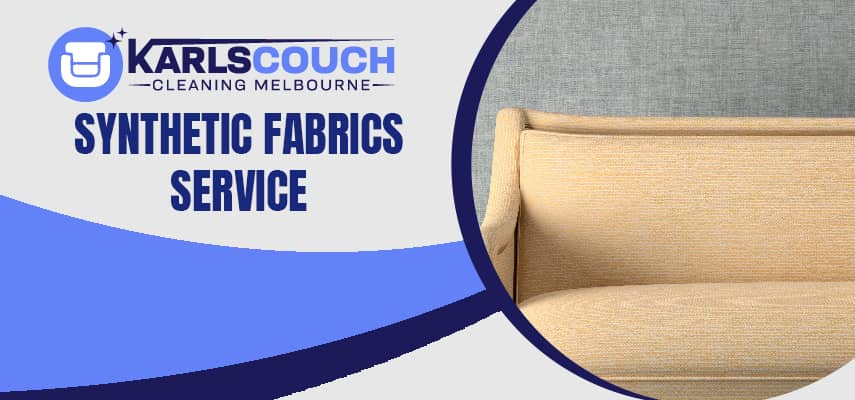Cotton, linen, and silk are all examples of natural fabrics derived from plants. These are pricey, but they come with a slew of benefits. On the other hand, synthetic fabrics are manufactured using fossil fuels like oil, natural gas, and coal. Fabrics made from polyamide, polyester, polyurethane, and polyvinyl chloride are this technique’s byproducts. Though they share a substance with plastic or polyethene, the final products look and feel nothing like unfinished precursors.

Characteristics of Synthetic Fabrics
While it’s common knowledge that Synthetic Fabrics can do damage, it’s also true that artificial materials provide a lot of advantages:
- Clothes from high-quality fibres obtained by processing petroleum fuels are practically as excellent as natural ones in terms of characteristics. Many synthetic fabrics are comfortable to the touch, don’t irritate the skin, and let the body breathe.
- In contrast to their natural counterparts, artificial materials retain their original size and shape after repeated washes. They seldom ever need ironing since they nearly never wrinkle.
- You may find synthetic fabrics in a rainbow of hues. Fabrics made from synthetic materials can be easily dyed, adding colourful patterns to various items.
- It takes a lot of effort to tear synthetics. A bit of chafing occurs in the creases.
- You may throw synthetic fabrics in the washing machine when they get dirty. With this material, you won’t have to stress about drying times or colour loss. Mould rarely occurs on synthetic fabrics. They are resistant to both moths and germs.
- Compared to natural fabrics, the primary benefit of synthetic fabrics is their low cost.
Cleaning Synthetic Fabric Upholstery
- To save time and effort, try to remove stains by airing them out and washing them by hand rather than throwing them away. If you need to wash it because it has become smelly or stained, continue reading.
- Use cold water for your wash. Generally speaking, a temperature of 30 degrees Celsius (86 degrees Fahrenheit) will do. As the yarn becomes weakened by heat and moisture, more microfibers will shed. Therefore, wash synthetic fabrics in cooler water to save energy and minimise microfiber damage.
- You can clean the covers in the washing machine. Slow down the spin cycle in the washing machine. Because of the high friction levels produced by the spin cycle, clothing often sheds during the spin cycle. Clothes can be dried faster by using the spin cycle to remove extra water. Try decreasing the RPMs (rotations per minute) or skipping the spin cycle entirely if you’re washing synthetic fabrics.
Clean Your Synthetic Fabric Upholstery Professionally, Give Us A Ring
- Eliminating or Significantly Reducing Offensive Scents
Synthetic fabrics, in general, including upholstery, are notorious for absorbing odours. Your living room furniture, even the sofa, is not immune to absorbing savoury aromas from the kitchen. Our upholstery cleaning service can make your home smell better by removing any lingering scents from the fibres.
- Goodbye to Stains, Spills, and Spoils
A lot is going on in people’s homes and workplaces. Whenever a group of people are socialising, working on a project, or having a good time together, there is a higher risk of accidental spills. These mishaps pose the risk of leaving a distasteful stain and reducing the lifespan of your furniture fabric. We can tailor our offerings to meet your needs.
- Synthetic fabric protectors
Increasing the surface tension of fabric is one of the functions of synthetic fabric protectors. Because of this, spilt liquids on the fibre’s surface will be repelled. Fabric protectors, when applied correctly, form a coating mechanism on furniture that prevents fast absorption of any spills. Synthetic fabrics are great examples of absorbent textiles since they provide better protection against spills and make cleanup much more straightforward.
Published on: November 22, 2023
